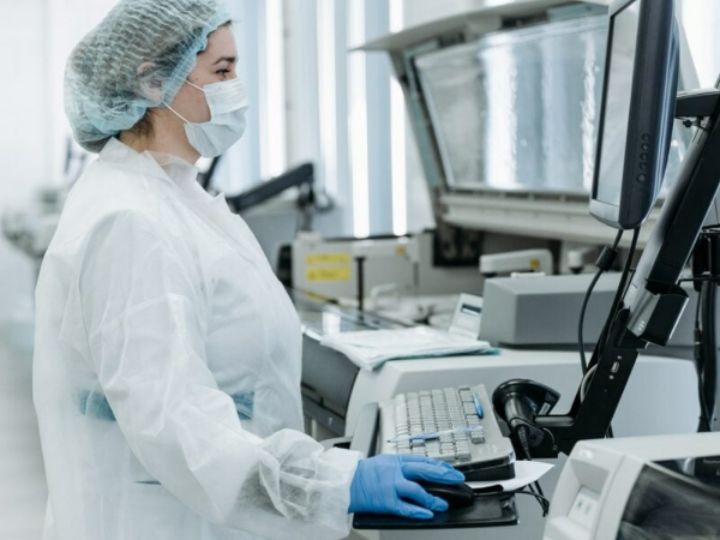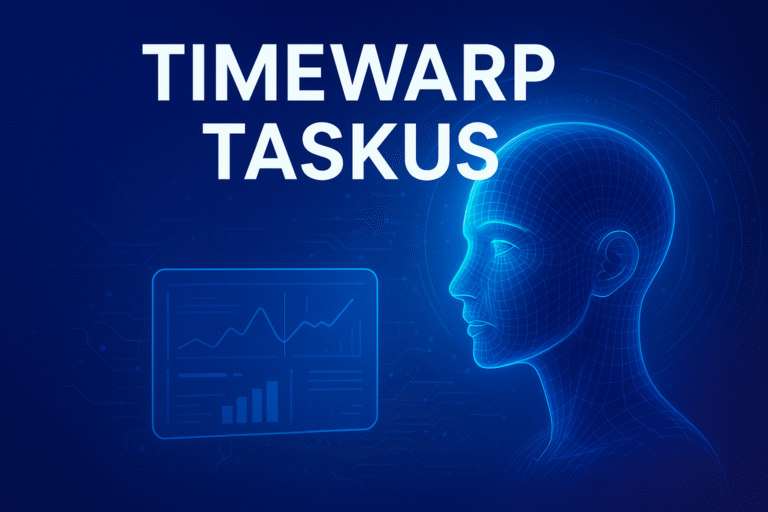
When was the last time your laboratory used the paper services? Moving away from the manual processes towards automation and digital integration of instruments, employees, and data is essential for every modern laboratory. Do you know that choosing the best manufacturing management software can improve lab productivity and save time and money? For instance, do you know lab managers always need help managing employees, samples, storage management, reporting, invoicing, and documentation? Relying on the paper documentation is one of the main reasons why the lab work is always inefficient. What is the best way to make the labs efficient? Due to the advancement of technology, there’s an appropriate IT solution that might be difficult because you must first establish your needs and learn about the laboratory information systems available to you.
Electronic Lab Notebook
This system gives an overview of data, as it can search, share, collaborate, and organize in a single platform. It is more secure and takes up a small space than notebooks. If you choose to use it in your laboratory, read the instructions carefully. The ELNs are universal research data platforms. Here, they hold data protocol raw data and analyze the lab data, results, figures, and reports. This also helps track the equipment and inventories, which improves workflow management. The software also supports integration with other software, allowing them to be the central data storage point.
Laboratory Information Management System
These management systems are normally used for routine analytical laboratories, which mainly focus on the samples. The procedure normally tracks the samples with their related metadata and also analyzes what needs to be done with the results. The LIMS, as lab equipment, uses several tools that simplify the process and ensure integrity. The system also supports audit trails, electronic signatures, and access controls. This means that the system analyzes results, and lab reports normally go through electronic signage and viewing by the managers. The tight integration with the lab instruments further improves the systems’ integrity. Here, the software can manage the lab instrument and fetch data or important information, hence easy access to the data when needed urgently. The best-known LIMS include STARlims, Sample Manager, and Labware. You can consider this type of system considering your needs.
Chromatography Data Management System
It can also be referred to as the LDMS. These are usually cloud applications with local clients. Its central server controls all chromatography systems, allowing remote control and data analysis. This means most work is normally done from the users’ local PCs. The basic component of the CDMS is the chromatography tool kit. It helps the users during validation, data analysis, and generating reports. CDMS has many organizational features and hence can be used by the different departments in the lab. This can also be integrated with the LIMS system, which provides a complete data accuracy cycle.
Above are some of the manufacturing management software in the marketplace. You can only choose what works well for your laboratory from the above. However, some of the software can be integrated with others. Before you settle on the software to use, consider your needs and its users.



